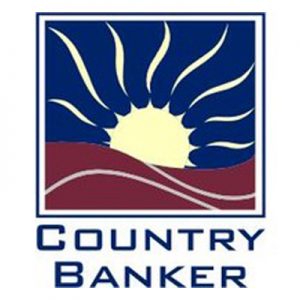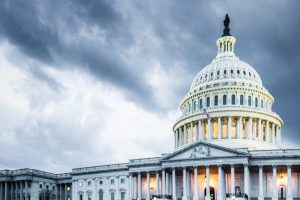This past month, discussions about inflation have been commonplace. People are offering opinions on what lies ahead, and the topic seems to be everywhere in the headlines.
Historical context is critical to understanding the current situation. Dropping back about 18 months, global economic issues included advanced countries having the most debt ever recorded in modern history, aging populations (one of several key demographic shifts), and the slowing of the European Union economy. The EU was hit hard due to the deceleration of their manufacturing giant, Germany. Manufacturing suffered because China slowed purchases of imports. In the United States, there exists an amazingly high amount of government debt, consumer debt, and business/corporate debt. Business debt was the highest on record a little over a year ago, 60% of which would be junk bond status if we had an economic disruption. (Junk bond is an ugly but apt name.)
Another concern has arisen due to the monetization of government debt taking place in advanced economies. The debate on this topic occupied world economists in 2019, and the Planet Money podcast on this topic is worth a listen. It provides a quick, easy-to-understand introduction and can be found on NPR.org under Modern Monetary Theory (Classic).
As these unique circumstances were aligning 18 months ago, the world didn’t even realize the onset of the Covid-19 Pandemic would be added to the list of issues very shortly. All these disparate happenings combined into a unique and challenging economic circumstance.
Fast-forwarding to today, the stock market, by all traditional standards of measurement, is very high. World debt has accelerated further as various countries implemented stimulus plans to push a return to “normal” after rolling shutdowns. And finally, we have increased prices, or in other words, inflation.
There are ongoing debates about inflation between intelligent people on both sides. Some are convinced inflation is here to stay for as far as the eye can see. This position assumes it will take increasing interest rates to tame the beast. Those in this camp criticize the Federal Reserve for standing pat, stating rates will not increase until 2023. The Fed has very quietly made a significant policy change: they will wait until inflation “averages 2% or greater” before raising interest rates. (Increasing interest rates tends to cool or slow down economic activity and decrease demand for products and services, thus taming and reducing inflation.)
On the other side, some draw on history from the inflationary 1970s, a much different period where other factors drove inflation. From 1970 to the early 1980s, there was generally higher gross domestic product (GDP) growth than experienced before the pandemic. In fact, there was very low GDP growth up until the pandemic started. The 1970s were a time of economic expansion coupled with higher energy and labor costs, which fueled inflation to the point that the Volcker era of the Federal Reserve increased the overnight fed rate to north of 20%. Their goal was to bring inflation – which was over 10% at that point – under control. Keep in mind, the Fed had a different monetary approach to interest rates and money supply at that time, but the critical point is that inflation occurred as part of a growing economy.
The debate can meander to the concept of stagflation. Stagflation is defined as persistently high inflation combined with high unemployment and sluggish demand in the economy. Based on the experience in the 1970s, this is economically painful.
Today, we have increased prices (inflation). But these increased prices are due to “re-starting” economies, not a huge demand growth economy, which is a much different scenario. What if the Federal Reserve chairman is right and this is a temporary situation?
The debate can meander to the concept of stagflation. Stagflation is defined as persistently high inflation combined with high unemployment and sluggish demand in the economy. Based on the experience in the 1970s, this is economically painful. Today, we are experiencing inflation and unemployment (arguable higher when measured by U-6 unemployment numbers), coupled with diminished workforce participation. That counts as two of three markers for stagflation (inflation, a sluggish economy) compared to pre-pandemic numbers. Could increasing interest rates result in stagflation or a hybrid-type of stagflation?
There are strong arguments on both sides. Because there is no clear-cut path and the Federal Reserve has adopted a new policy approach, it behooves banks and businesses to position themselves to perform their best in either environment.
Tim Ohlde is the CEO of Country Banker Systems. Country Banker is a loan analysis software program designed by bankers for bankers to use intuitively and efficiently. Ohlde is also CEO of Elk State Bank. Both companies are based in Clyde, Kansas.










